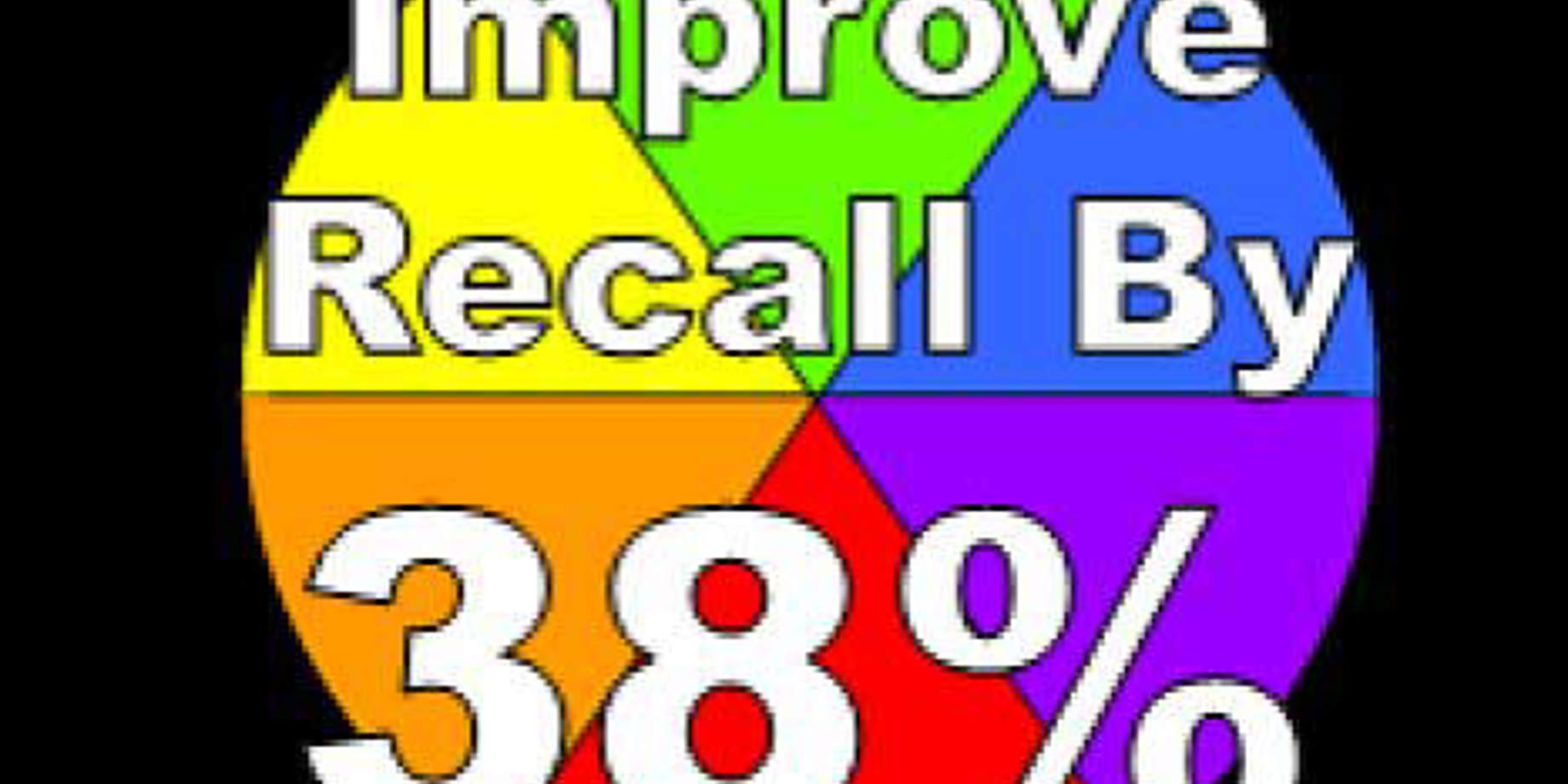Choose the Best Background 2
Use the color wheel Today we’ll continue with our series about using effective backgrounds when you create Venus® 1500 software messages. This time we will discuss the color wheel and show you how to choose the best color combinations for your display. Color combinations influence readability, visibility, and the meaning of your message. Bright colors […]
Daktronics Commercial Software Training on 3/12/2015
Categories: Venus 1500 Training

Use the color wheel
Today we’ll continue with our series about using effective backgrounds when you create Venus® 1500 software messages. This time we will discuss the color wheel and show you how to choose the best color combinations for your display.
Color combinations influence readability, visibility, and the meaning of your message. Bright colors draw viewers’ attention and images highlight your message. So be sure to choose colors with high contrast in both hue and value.
Avoid white backgrounds
As we mentioned last week, it’s best to avoid using a white background when designing your content. White is a mixture of all colors in these situations, rather than the absence of color, and will appear subdued or muddy. White does not carry the same vibrancy that other colors convey. View the first post, “Choose the Best Background Part 1.”
Contrasting colors
Contrasting colors stand out when viewed from great distances, while colors with low contrast blend together and obscure a message. Research demonstrates that high color contrast can improve customer recall by 38%.
The perception of color can change, depending on the amount of ambient light surrounding a digital display. For this reason, rich background colors have a greater impact during daylight hours, while pastel backgrounds appear more vibrant at night and on cloudy days.
A standard color wheel (right) illustrates the importance of contrast in hue and value. Opposite colors on a wheel are complementary. An example is red and green. They represent a good contrast in hue, but their values are too similar.
Adjacent colors, such as blue and green, make especially poor combinations since their contrast is similar in both hue and value. As a result, your contrast will be weak if you use adjacent colors.
Alternating colors work best
Alternating colors, such as blue and yellow, produce the best combinations since they have good contrast in both hue and value. Black contrasts well with any color of light value, and white is a good contrast with colors of dark value. For example, yellow and black are dissimilar in the contrast of both hue and value. White and blue are also a good color combination.
As an example, think of your favorite sports team. What are their team colors? Most likely they have an excellent combination of contrasting colors to help make their logo stand out.
Daktronics is located in Brookings, South Dakota, the home of the South Dakota State University Jackrabbits athletic programs. See how they chose alternating colors from the color wheel in their logo to create the best possible logo? This type of contrast is exactly what you should strive for when creating a message.
Next week
As always, thanks for reading! Be sure to come back next week when we continue our series on backgrounds and show you how to use gradients and to create your own custom colors.


